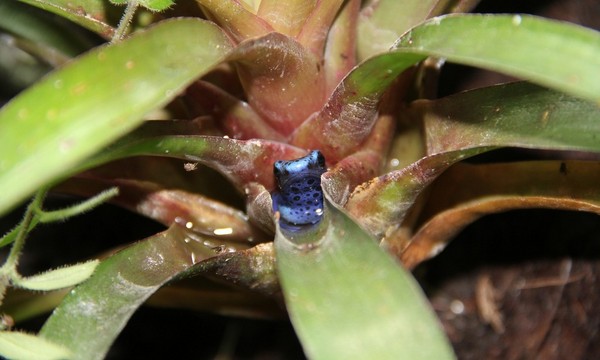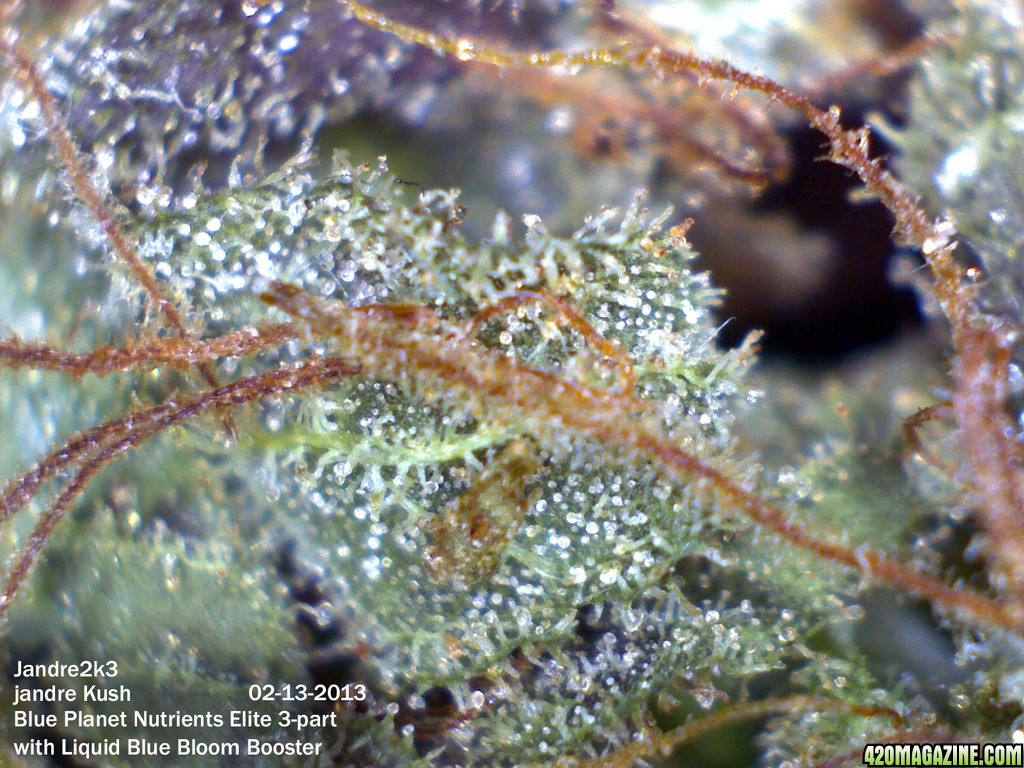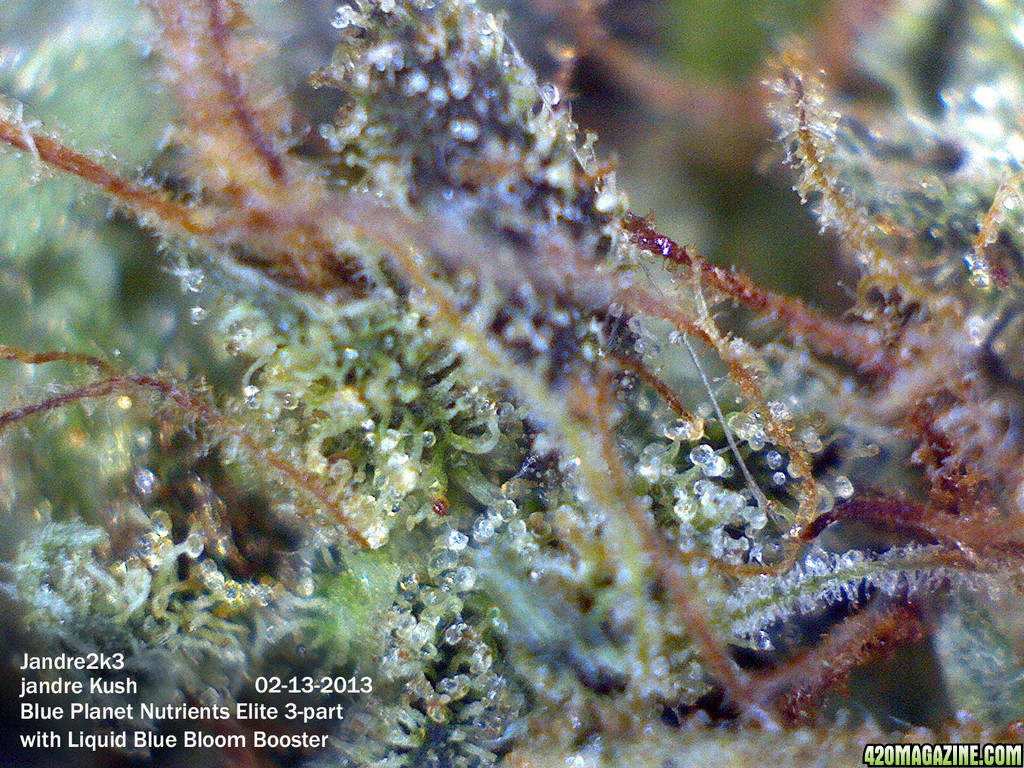Re: Jandre2k3's Cardboard Flowerbox - 41 Week Perpetual SOG Part2 - Blue Planet Nutri
Nice!
110 days in flower.
Harvested 300g of jandre Kush bud.
210 g of hash trimmings.
Stink, sticky, more dense than the previous harvest. Strong, sour, diesel, fuel, with earthy undertones.
Will post final weight in a few days once dried.
Nice!




 Sweet as usual
Sweet as usual









